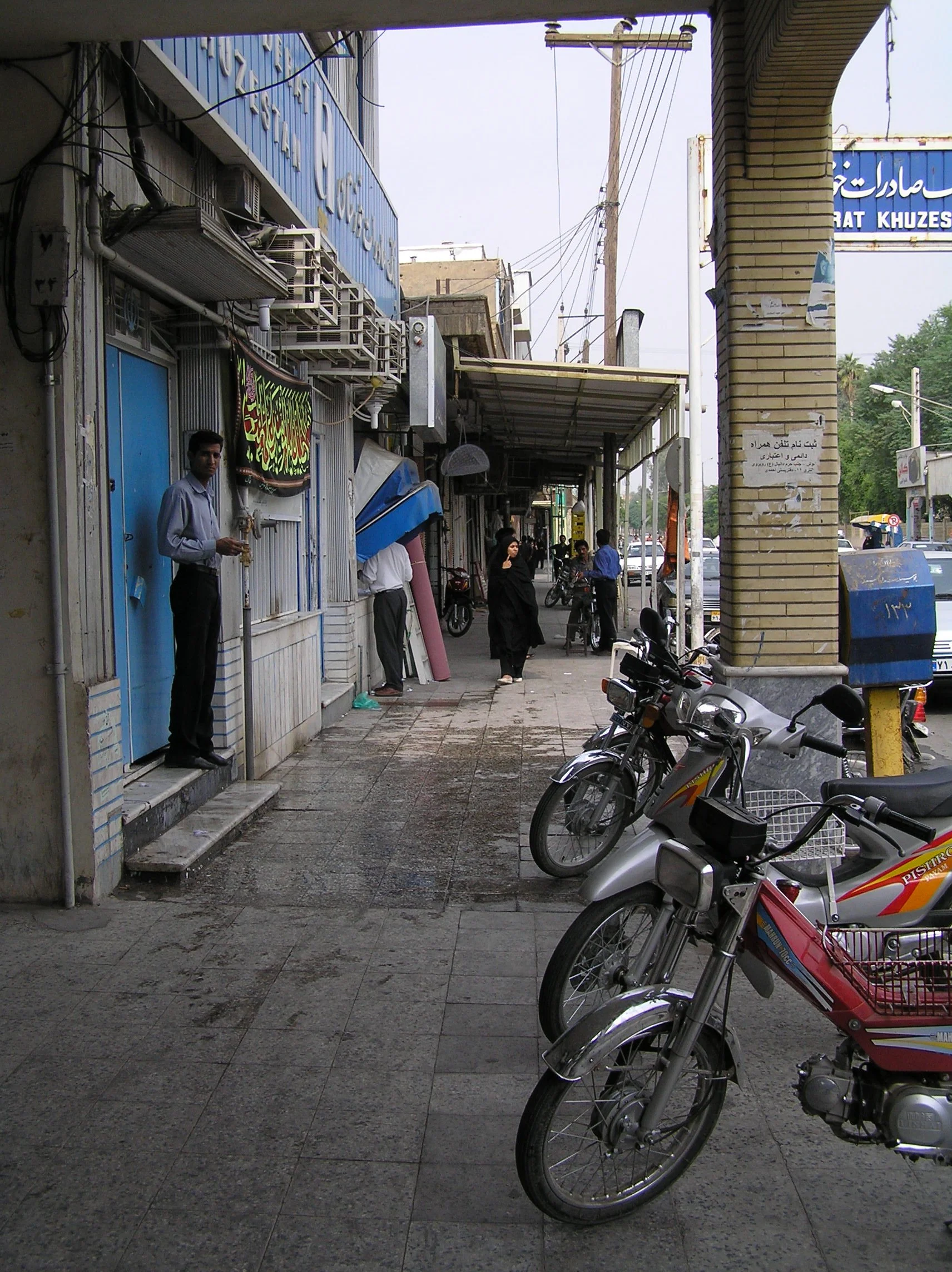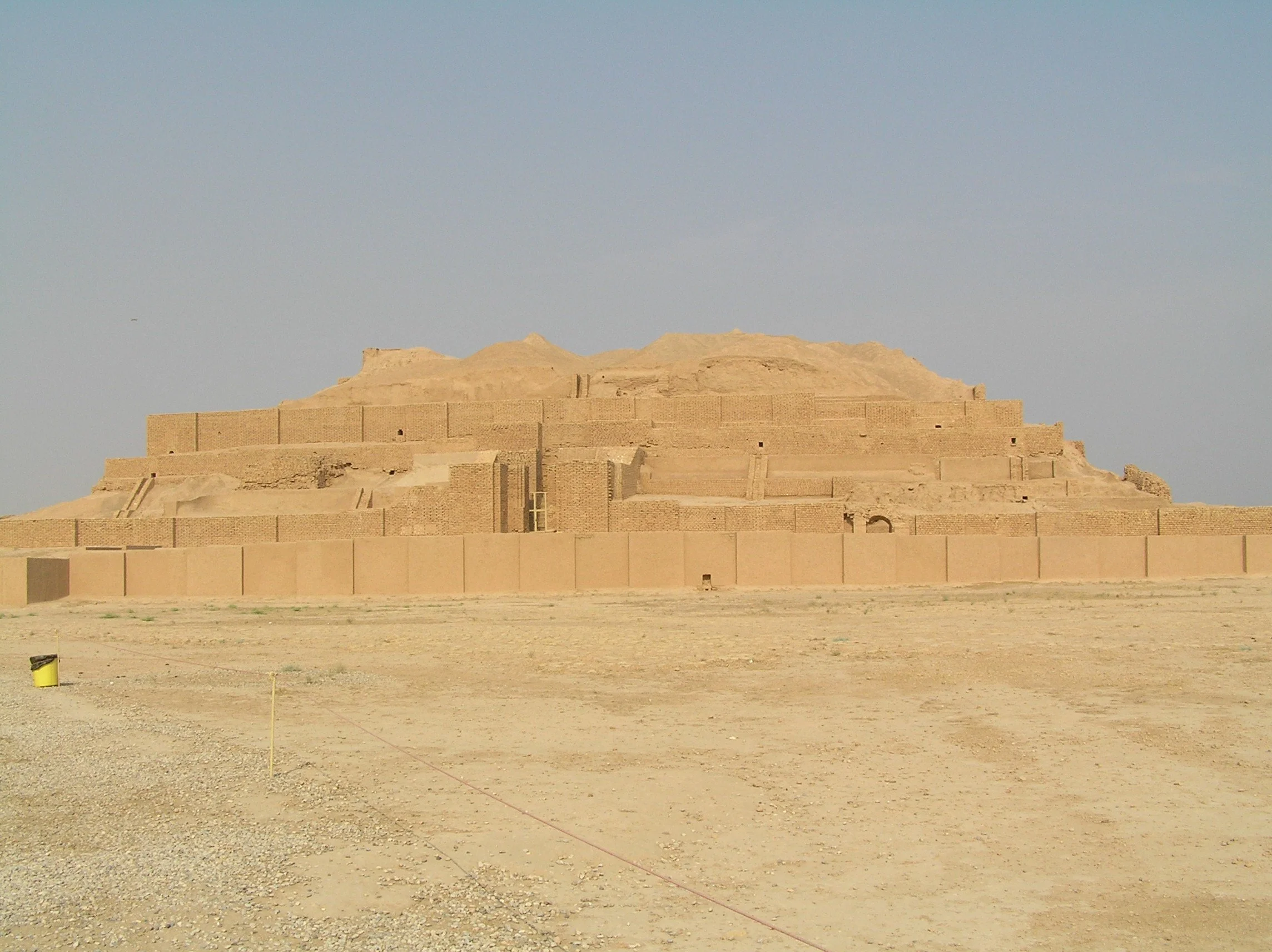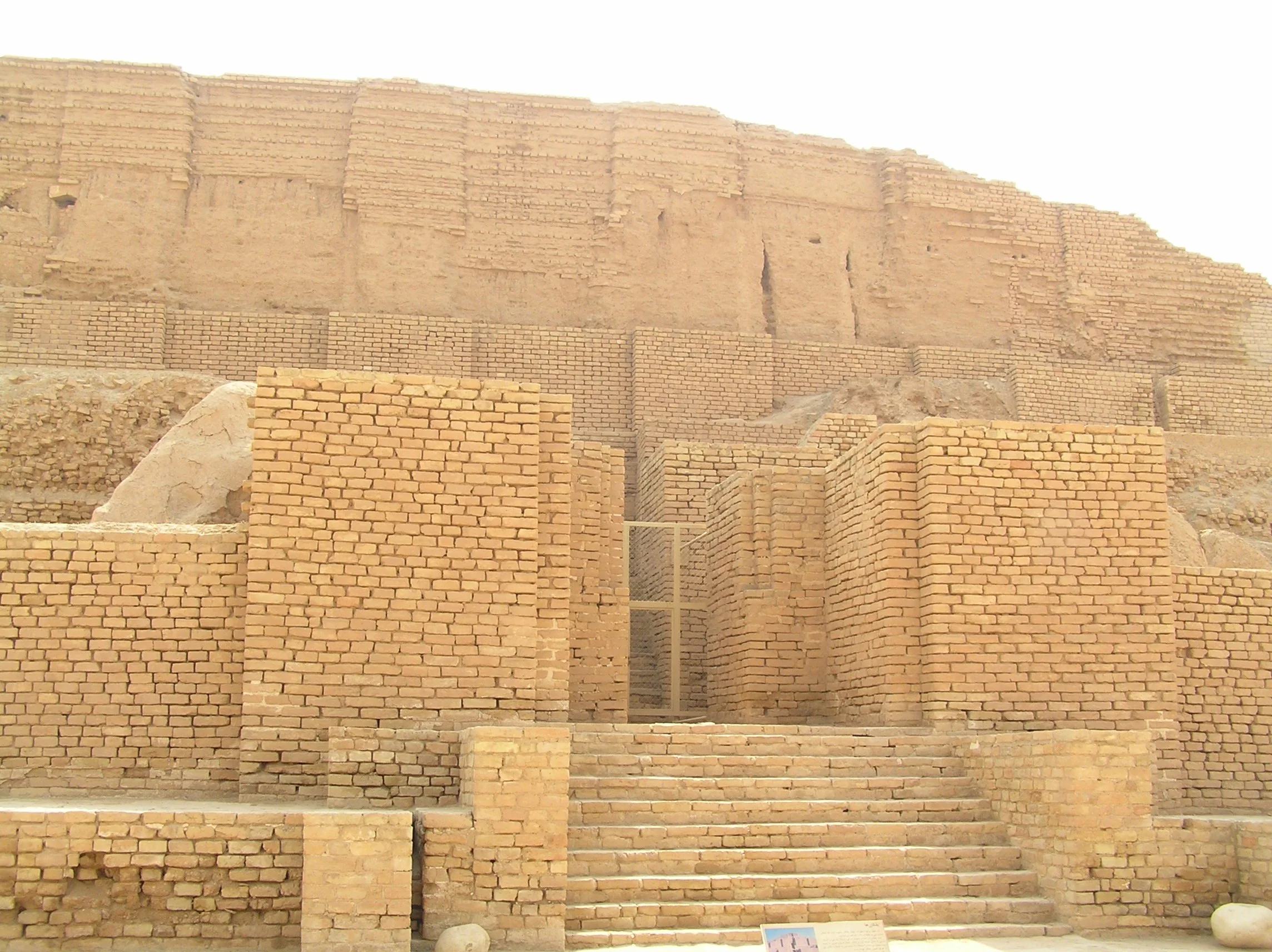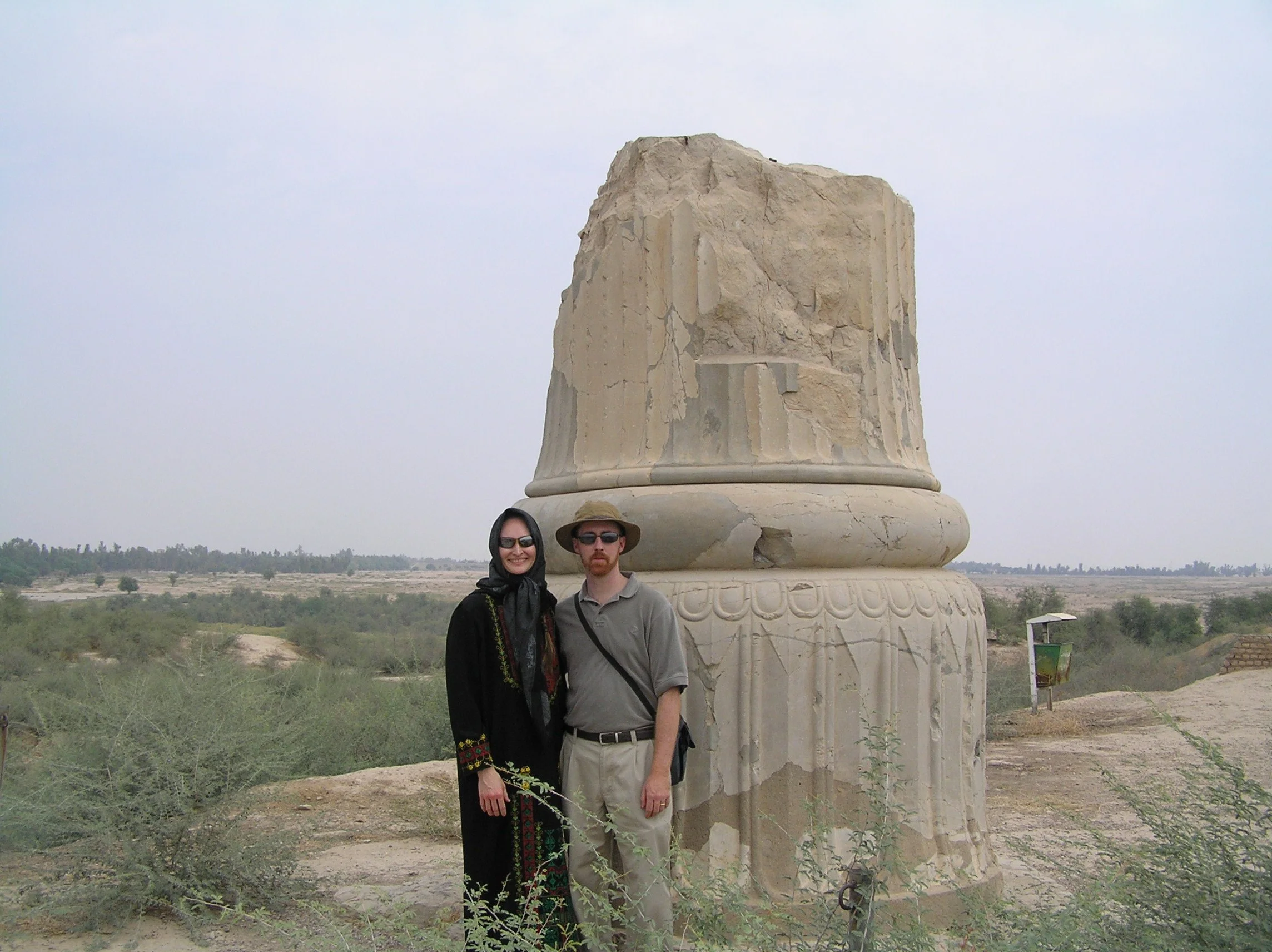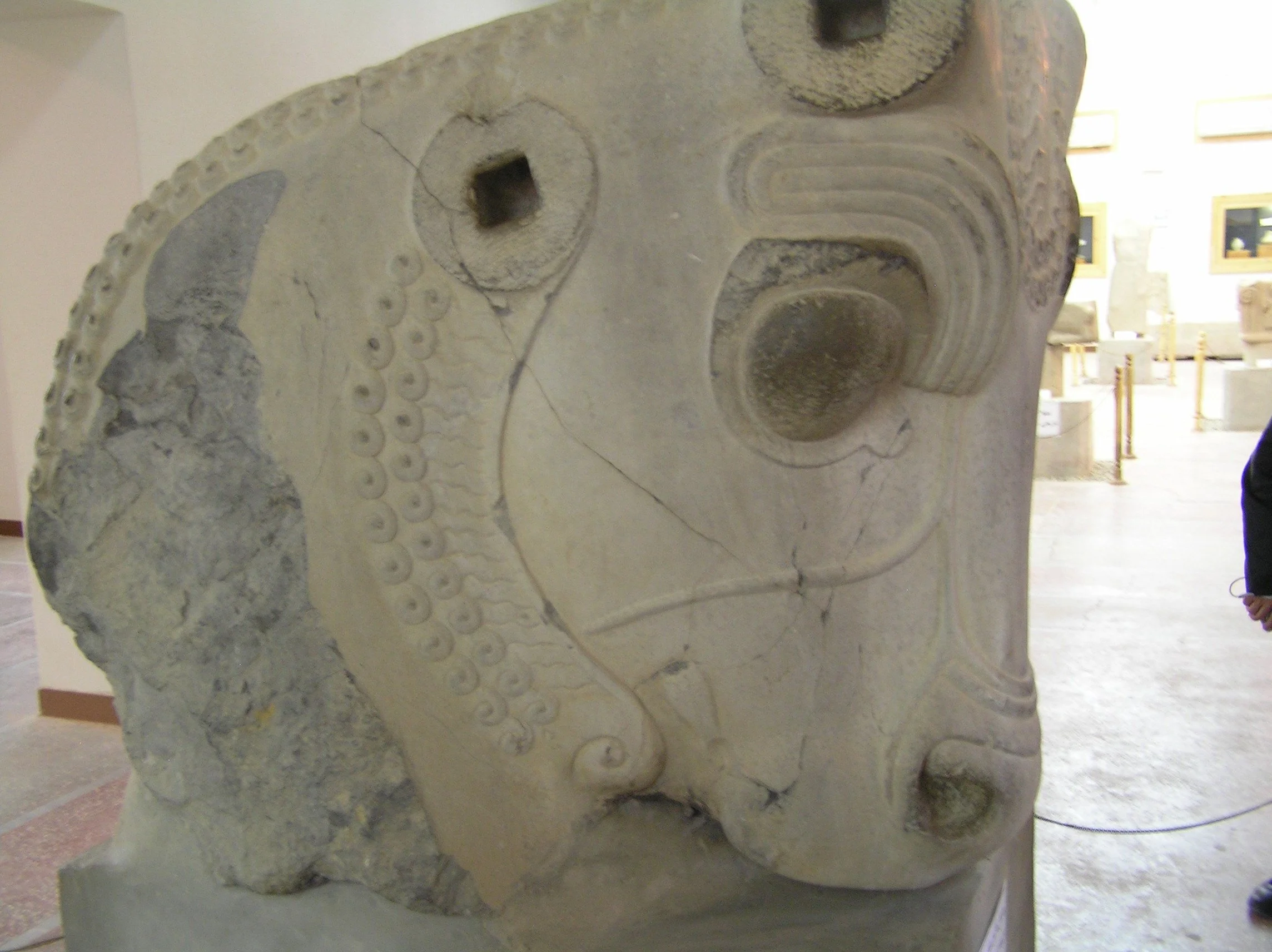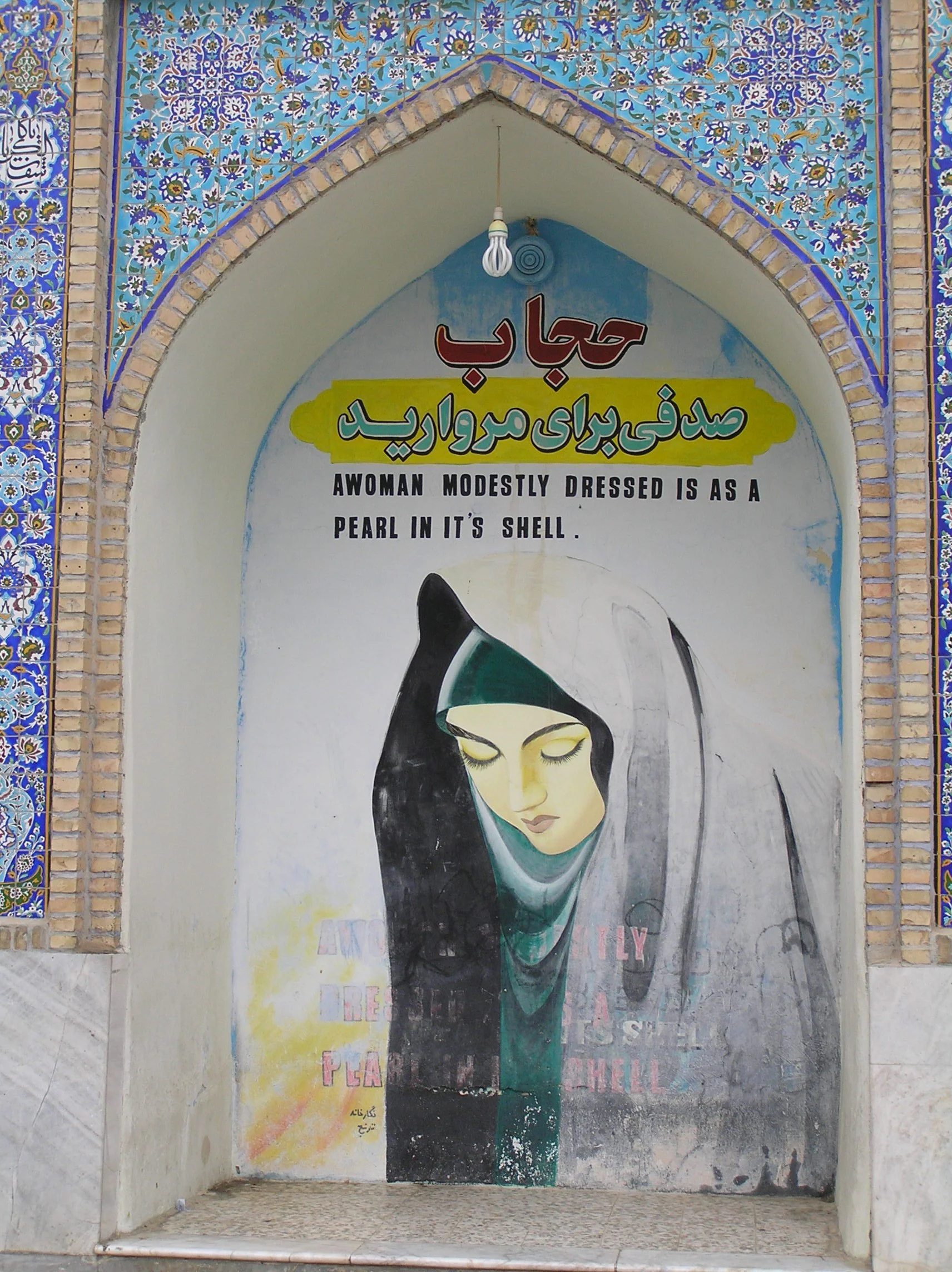Susa
Street scene from Susa.
We had been anticipating today back when we first started planning this trip: Susa. The modern (and I use the term loosely) city of Shush, one of the oldest urban centers in the world, is also home to the ruins of ancient Susa. But more about that in a moment...
The ancient ziggurat of Choga Zanbil.
A closer view of the ziggurat.
Our first stop was Chogha Zanbil, an Elamite ziggurat in the middle of the dusty plains. Ziggurats, for flat ground folk, took the place of mountains, the traditional sites of cultic worship.
This particular one is remarkable, having been lost for some 2500 years until around 1936, having been buried when Ashurbanipal conquered the place in the 7th century BCE. The top two "stories" were then lost when Iraqi missles hit it during the Iran-Iraq War of the 1980s. The place is massive, and the central ziggurat for worship was surrounded by smaller temples for other deities of others within the Elamite pantheon.
One thing that is hard to imagine is that places like this were once soaked in colors - this one in bright blues and greens, which would have been particularly striking against the cream-colored surroundings.
Then there's Susa. Susa was one of the capitals of the Achaemenid Empire, ruled by the likes of Cyrus, Darius, Xerxes, and Artaxerxes, all of whom make their appearances in the Old Testament.
The remains of one of the massive columns at Susa.
The entire book of Esther is set here, and the prophets Ezra and Nehemiah write about the journey from Persia back to Jerusalem to rebuild the city and the temple, explicitly mentioning this place. Like many ruins, it is difficult to imagine the grandeur as it once stood, but the room that was most striking was the throne room.
One of the enormous bull heads that held up the roof beams.
A forest of columns ran floor to the sixty foot ceiling. Each was topped with a two-headed bull. The beams that held up the wooden roof rested on the bulls' backs, and the stone walls ran floor to ceiling as well. The place flowed with colored fabrics, as is recorded in Esther. Standing in the spot and imagining the transformed surroundings boggles the mind.
Mural at the Shiite shrine to the tomb of the prophet Daniel.
We walked down to the city of Shush which contains a curious site: the tomb of the Old Testament prophet Daniel. There's no connecting him with Susa, but much connecting him with Darius; so it's possible. The tomb (the current incarnation of which dates back only to the 19th century) is now a Shiite shrine, replete with murals in the courtyard proclaiming slogans like "A woman modestly dressed is a pearl in its shell." We gathered quite the curious crowd around us as we prepared to leave. Several men approached curious for conversation. Between my non-existent Farsi and their few words of English, we were able to figure out a couple of phrases. One man pantomimed: "Americans and Iranians are friends."
Another greeted me with a question: "German?"
"American."
"American! Very good! I love!"
You never know what to expect...
I'm not going to mention lunches often, but this one was of note. Our hotels have been comfortable and fancy, and the food has been good, but not particularly authentic. Today, however, we had a sampling of good Iranian khoresht - stews. Fantastic.
All in all, a good solid day. Tomorrow, we head for Shiraz; but first, a long bus ride through the Iranian countryside awaits.

